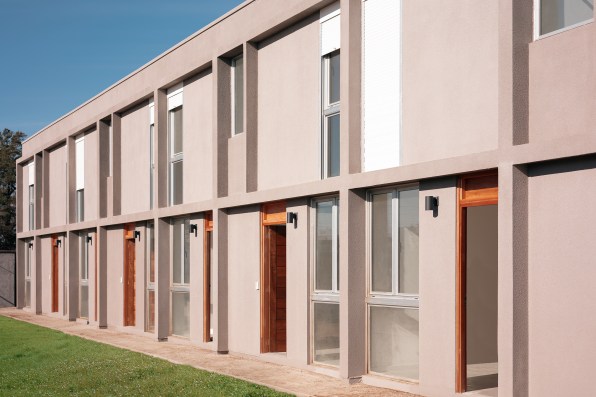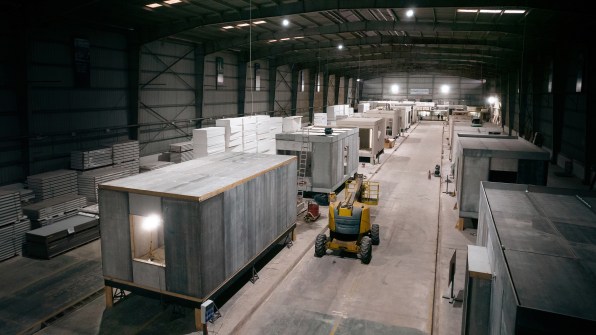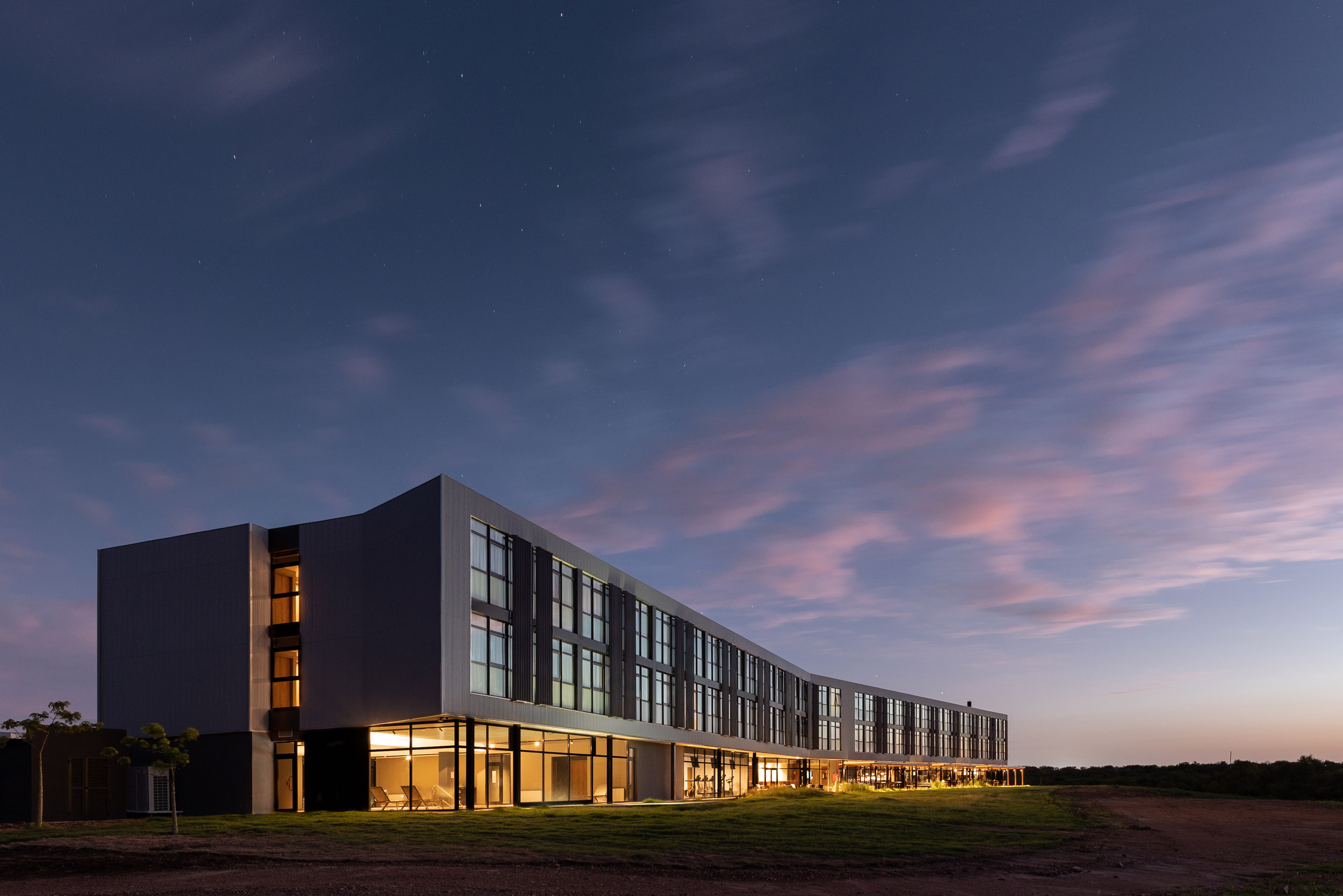Vantem makes prefabricated units out of highly efficient ceramic-like tiles that could let it build new housing cheaply and quickly.
View Original Article on Fast Company >
BY ADELE PETERS
Net-zero homes—ultra-efficient houses or apartments that produce as much energy as they use—are cheaper to own than standard houses since they save on energy bills. But they can be quite expensive to build, since they require advanced building and engineering. A startup called Vantem aims to change that.
The company, which just raised a Series A round of investment from the Bill Gates-founded firm Breakthrough Energy Ventures, builds homes using panels with a proprietary design that sandwiches an insulating layer between two structural boards. (The company describes the outer material as ceramic-like and “in the same family” as the tiles that covered the nose of the Space Shuttle.)

“You don’t need to reinforce it with steel, wood, or anything else; it can be loaded for your walls, for your floor, for your roof,” says Vantem CEO Chris Anderson. “That’s what we do: We make the entire box of these prefabricated modular units out of these panels.”
The resulting buildings are affordable, energy efficient, and able to resist hurricanes, earthquakes, and wildfires. With the addition of solar panels, they can be net zero. The company aims to build as much net-zero housing as possible, though in some cases the homes may not have the solar installed, leaving them “net-zero ready” (they could be converted at a later point).
The efficient use of materials helps reduce the cost, and Vantem assembles its houses or apartments in a factory to cut costs further. In a previous company, Anderson had manufactured components for homes, like windows and doors.
“It struck us that we were making really efficiently made components and parts, down to a one-thousandth of an inch in tolerance—and then we shipped this stuff to job sites and the job sites were being conducted like construction has been done for more than 100 years,” Anderson says. “We decided to put together a group to figure out how to make construction more productive, with a strong emphasis on energy efficiency.”

Like other modular housing companies, Vantem does as much as possible inside factories.
“You can think of it kind of like an automotive production line where these units are moving down this production line, and different elements are being put in,” he says. “The bathroom, the floor, the walls are being painted, the roofs are being put on. By the time it hits the end of the production line, it’s completely finished with the electrical and everything. Essentially, 80% of the job of what you would typically do on the job site is complete by the time that unit leaves the factory door.”
At the site, workers take care of remaining steps, like pouring the foundation or, in the case of an apartment building, attaching the modular units together.
The company launched first in South America and the Caribbean. After years of testing, code approvals, and building proofs of concept, it has spent the last three years constructing around 3 million square feet of housing. In each location, it partners with local developers to build a new factory; the developer brings a pipeline of projects, and then can save time and money on construction.
The buildings are around 50% faster to build than standard construction, Anderson says, and around 20% less expensive. Compared to typical net-zero construction, they may be 30% less expensive. That makes affordable net-zero housing possible. In one project, the company plans to build 3,000 units of affordable housing in Uruguay over the next three or four years.
In the U.S., Vantem will use its new funding to build 15 factories over the next seven years; factories are already planned for Arizona, California, Texas, and the Dakotas in 2023. Each will have the capacity to build more than 1 million square feet of housing per year.
ABOUT THE AUTHOR
Adele Peters is a staff writer at Fast Company who focuses on solutions to some of the world’s largest problems, from climate change to homelessness. Previously, she worked with GOOD, BioLite, and the Sustainable Products and Solutions program at UC Berkeley More
Originaly published on July 07, 2022
fastcompany.com/90767172/this-gates-backed-startup-is-building-net-zero-housing-in-factories
To keep informed about latest news follow Vantem on LinkedIn and Instagram

